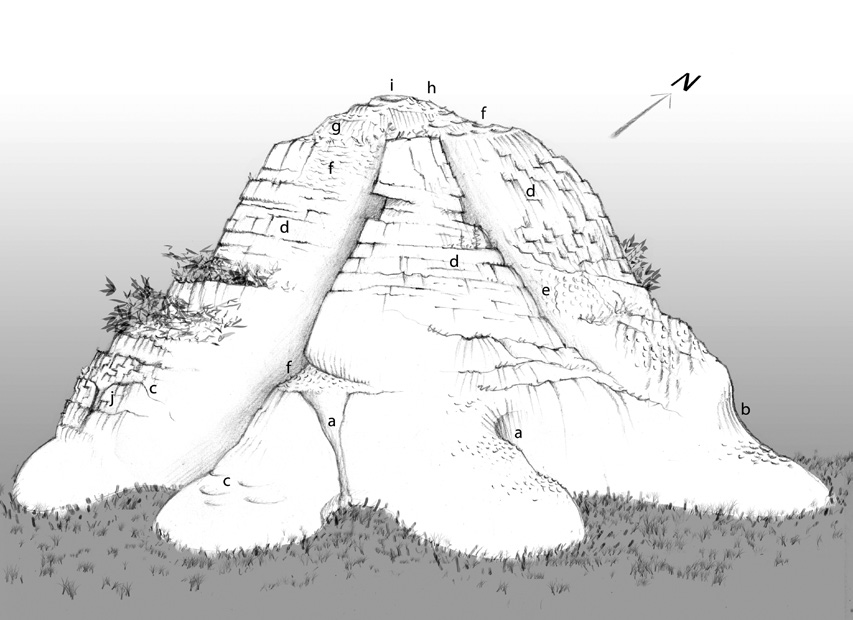The karren peeling off on marbles in Altai (Altai Republic, Russian Federation)
DOI:
https://doi.org/10.3986/ac.v49i1.7197Keywords:
karren, marble, structure, complexometry, rock relief, Altai, textureAbstract
A comparison of karren formation on various rocks under diverse environmental conditions makes an important contribution to our understanding of the formation and development of karst. In this regard, the present study brings a number of new insights through description of the karst development on marbles at the foothills of the Altai Mountains. We studied karst phenomena in the field and in the laboratory where structural-textural properties, mineral composition and quantity of carbonate components were determined. Rivers dissected karst surface and additionally uncovered carbonate rocks. The marble layers are faulted, folded and sheared, consequently containing numerous densely spaced net of discontinuities, which are often parallel. Brittle deformations significantly increased the rocks’ porosity, consequently making it more sensitive to water absorption and freezing thaw effect. Distinct continental climate, with extreme daily and seasonal temperature variations, conditions the pronounced peeling off of the marbles along discontinuities. The diversity of disintegration is conditioned by the massive or oriented structure, cleavage, texture, and type and grain size of the marbles’ mineral constituents. Interaction and alternation of chemical dissolution and mechanical disintegration play the major role on the karren formation and its preservation. The formed karren is mostly destroyed due to peeling off and disintegration of the marbles.
Downloads

Downloads
Published
How to Cite
Issue
Section
License

This work is licensed under a Creative Commons Attribution-NonCommercial-NoDerivatives 4.0 International License.
Authors guarantee that the work is their own original creation and does not infringe any statutory or common-law copyright or any proprietary right of any third party. In case of claims by third parties, authors commit their self to defend the interests of the publisher, and shall cover any potential costs.
More in: Submission chapter




